yellow archangel spreading wildly...
girlwithaspirin
18 years ago
Related Stories

GROUND COVERSGive Your Lawn a Taste of the Wild
Consider the joys of an irregularly trimmed meadow lawn: It’s ecofriendly, visually interesting and still good for romping
Full Story
KITCHEN DESIGN10 Wildly Colorful Kitchens That Thrill and Delight
See how some of the most vivid kitchens on Houzz let loose with fearless color and personality
Full Story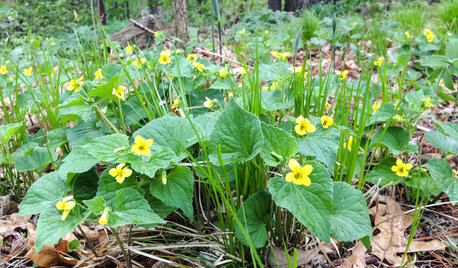
GARDENING GUIDESGreat Design Plant: Viola Pubescens Dots Woodlands With Yellow
Plant downy yellow violet in eastern U.S. woodland gardens for its heart-shaped leaves and bright yellow flowers
Full Story
COLOR11 Ways to Add a Splash of Yellow to Your Interior
See how a dab of this sunshiny color can bring warmth and cheer to a room
Full Story
GARDENING GUIDESHow to Fix Bare and Yellow Lawn Spots
Restore your turf’s good looks by reseeding unsightly patches
Full Story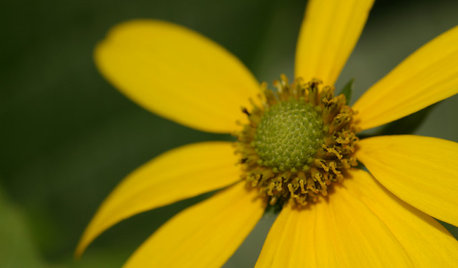
FLOWERS AND PLANTSRudbeckia Laciniata Enlivens Late-Season Shady and Sunny Sites
Give long-blooming, towering cutleaf coneflower room to spread in U.S. gardens for maximum rewards
Full Story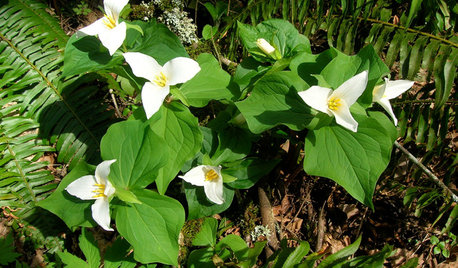
GARDENING GUIDES8 Native Flowers to Brighten Shady Garden Spots
These self-spreading plants from around the country will create a low-maintenance splash from spring to fall
Full Story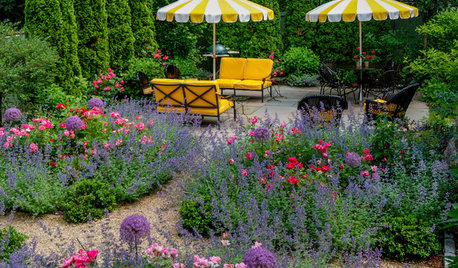
LANDSCAPE DESIGNGo for Baroque for a Vivacious, Colorful Garden
Give your landscape a sumptuous feel with over-the-top hues, bright accessories and container arrangements as wild as can be
Full Story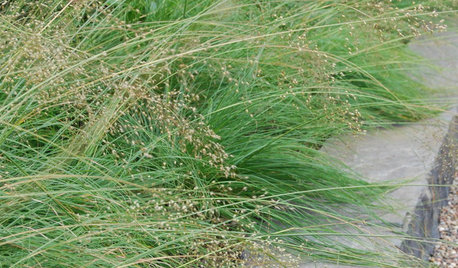
GARDENING GUIDESGreat Design Plant: Sporobolus Heterolepis
Prairie dropseed is one of the most elegant native grasses that’s slowly vanishing from the wild
Full Story
GARDENING GUIDESGreat Design Plant: Rosa Banksiae a Low-Maintenance Beauty
This thornless, disease- and insect-resistant rose brings showers of white or yellow flowers to the spring garden
Full Story





Ina Plassa_travis
eibren
Related Professionals
Windham Landscape Architects & Landscape Designers · Anderson Landscape Contractors · Billerica Landscape Contractors · Waterbury Landscape Contractors · Broadlands Landscape Contractors · Dudley Landscape Contractors · El Reno Landscape Contractors · Fountain Valley Landscape Contractors · Lantana Landscape Contractors · Plantation Landscape Contractors · Streamwood Landscape Contractors · Thornton Landscape Contractors · Cypress Siding & Exteriors · Perth Amboy Siding & Exteriors · West Bloomfield Township Siding & Exteriorsarisaemadracontium